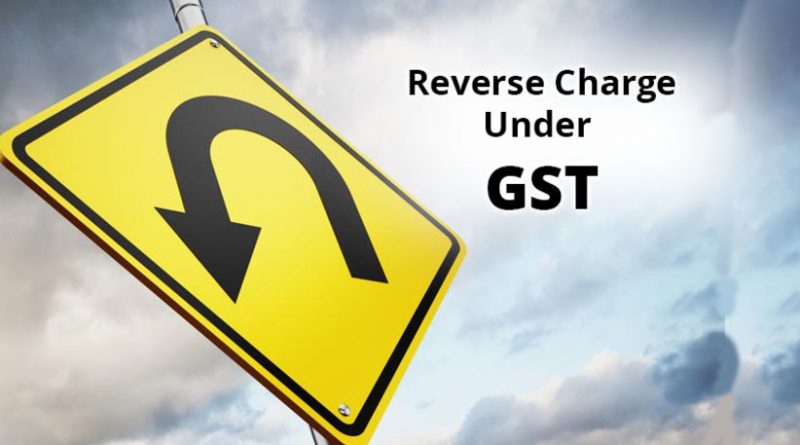Blog


Reverse Charge Mechanism Under GST
Reverse charge is a mechanism under which the recipient of the goods or services is liable to pay the tax instead of the provider of the goods and services. Under the normal taxation regime, supplier collects the tax from the buyer and deposits the same after adjusting the output tax liability with the input tax credit available. But under reverse charge mechanism, liability to pay tax shifts from supplier to recipient.
Concept of reverse charge
The concept of charging tax on a reverse charge basis is not new. Reverse charge mechanism existed in the previous service tax regime. However, the concept of reverse charge on the supply of goods is new.
In the normal course of business, the supplier of goods or services is liable to pay tax on supply, but in the case of reverse charge, the receiver becomes liable to pay tax instead. Thus, if a supplier who is not registered under GST supplies goods to a person who is registered under GST, the receiver pays GST directly to the government.
By way of an earlier notice dated 13 Oct. 2017, the government suspended the applicability of reverse charges on purchases made by registered persons from unregistered persons until 31 March 2018. This implies that a registered person can avail intrastate supplies of goods and/or services from unregistered persons without any daily ceiling, which was previously capped at Rs. 5000.
It is mandatory to register under GST to those liable to pay tax under Reverse Charge Mechanism irrespective of the threshold limit of 20 lakhs and 10 lakhs (North eastern States).
Applicability of Reverse Charge
- In case of services provided by taxi driver or rent a cab operator through electronic commerce operator then GST has to be paid by E-commerce operator;
- Services through an E-commerce operator for supply of services (Startups like Housejoy shall be liable to collect GST from customers and pay to Government);
- Unregistered dealer providing supply to the Registered dealer (Here the Registered dealer is liable to pay GST on such supply);
- Supply of Cashew nuts, Bidi leaves, tobacco leaves by an agriculturist to any registered person, the registered person is liable to pay GST;
- Service of Goods Transport Agency;
- Services provided or agreed to be provided by an individual advocate or firm of advocates by way of legal services, directly or indirectly (Clarified by the Delhi High Court);
- Sponsorship Service received from any person, the liability to pay tax vests with Body corporate or Partnership firm located in taxable territory;
- Services provided by a director of a company or body corporate in such authority of Directorship, the company or body corporate is liable to pay GST;
- In case of services provided by an Insurance Agent, The Person running insurance business is liable to pay GST;
- Nonresident service provider, i.e. in case of imports, the reciepient of services in India would be required to pay such taxes.
Exemptions
In the following circumstances, the reverse charge mechanism shall be exempt:
- On those Goods & Services which are exempt from GST ;
- Reverse Charge GST doesn’t arise in the case of an interstate supply made by the unregistered supplier (As Interstate supply needs GST registration) ;
- If the total supply of goods and services received from an unregistered person doesn’t exceed Rs.5000 a day.
Thus Reverse Charge Mechanism would boost the indirect tax revenue as well as propel buyers to buy from registered vendors to avoid litigation, disputes, and working capital issues.
If you have any additional questions regarding this article Click here